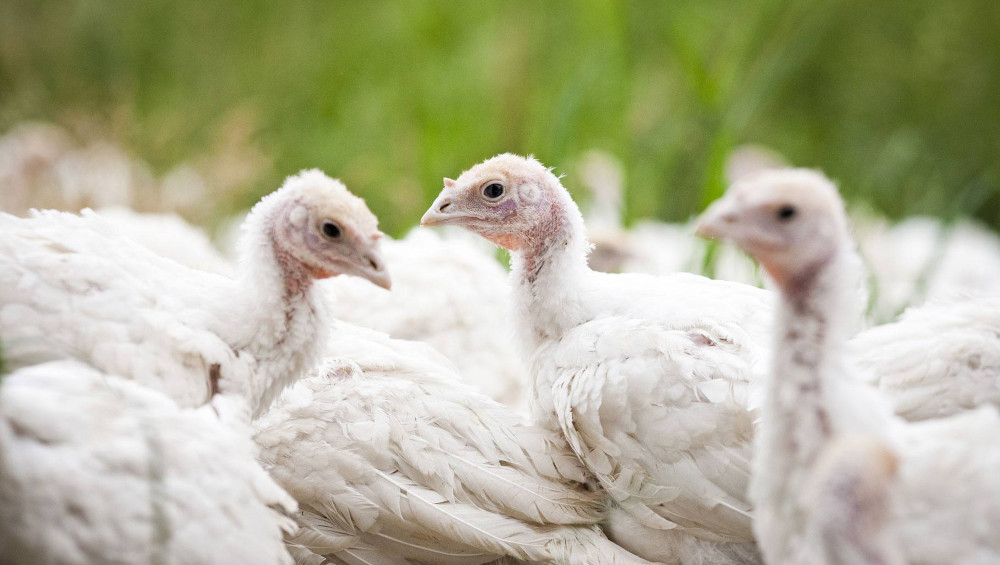Why is environmental enrichment important for turkeys?

For turkeys in commercial production systems to experience good welfare, it is important that their environment is stimulating, enriching and allows them to exhibit natural behaviours. Environmental enrichment can improve the bird’s environment by increasing the complexity of surroundings and by providing opportunities to engage in natural and rewarding behaviours. These behaviours include perching, dust bathing, foraging, ground scratching and social behaviours like play.
Poor animal welfare occurs where there is a mismatch between the animal’s needs and aspects of animal management and the animal’s environment. However, environmental enrichment alone will not address this mismatch. Good animal welfare relies on:
- meeting an animal’s physiological needs (e.g. good health, good nutrition, comfortable housing),
- good stockpersonship (e.g. low-stress animal handling, positive interactions),
- providing for innate behavioural needs (e.g. the ability to perch, dustbathe, perform foraging behaviours such as ground-scratching and ground-pecking),
- providing the opportunity to have positive experiences (e.g. through the ability to express play and social behaviour, stretching and flapping their wings).
What are the benefits of environmental enrichment?
Turkeys are more mobile and active than meat chickens and are grown out to an older age when used for meat production. Therefore, particularly when turkeys are housed indoors, providing an environment that encourages physical activity and opportunities to engage in natural behaviours has a positive effect on bird welfare and health.
Perches allow turkeys to display natural perching and roosting behaviour, as well as promote leg health. Visual barriers/panels can encourage equal distribution of birds throughout the shed and allow birds to escape disturbances and aggression from other birds.
Environmental enrichment such as novel (new and unfamiliar) objects can help birds better cope with fearful stimuli which can reduce the harmful effects of stress and panic that birds may experience. Enrichment objects can also allow birds to engage in natural behaviours. Where birds are unable to display natural behaviours, they can become bored and frustrated which can result in long-term stress or birds redirecting these behaviours in the form of aggression or injurious pecking towards other birds. Providing enrichment objects can help reduce the occurrence of aggression and injurious pecking in turkeys [1].
Providing birds with access to an outdoor area can offer more opportunities for enrichment through environmental stimulation and further promote leg health. Where an outdoor area is provided, it is important there is enough shelter and shade as well as palatable vegetation for birds.
What does environmental enrichment for turkeys look like?
Effective enrichment should encourage a desired behaviour and maintain birds’ interest. For turkeys, effective enrichment may be in the form of roughage, visual barriers or panels, straw bales, novel objects for pecking and scratching, and elevated resting places such as perches or platforms. Turkeys are inquisitive and can become bored easily, so it is important to monitor whether birds are interacting with the enrichment and if their level of interest has decreased over time. Enrichment objects should be varied and changed regularly to maintain bird interest.
Reference
Martrenchar A, Huonnig D, Cotte JP (2001) Influence of environmental enrichment on injurious pecking and perching behaviour in young turkeys. Journal of British Poultry Science 42(2):161-170.
Was this article helpful?
This work is licensed under a Creative Commons Attribution-NonCommercial-NoDerivatives 4.0 International License.


